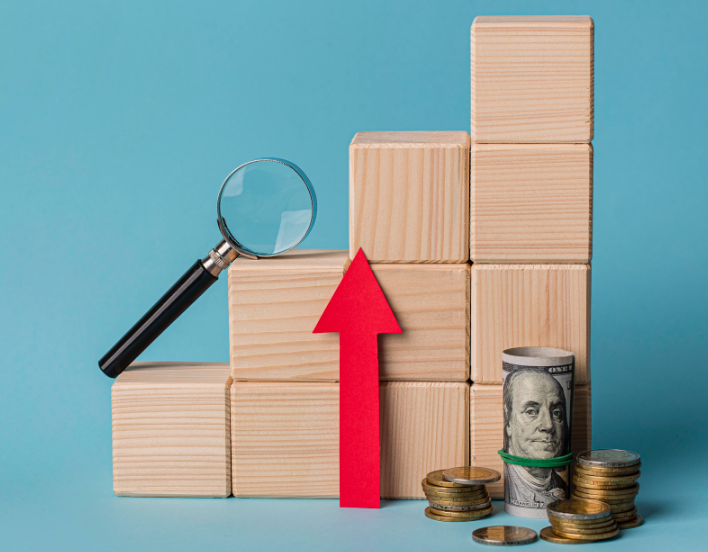Forex Arbitrage 101: Turn Price Gaps into Profit in Any Market
The foreign currency market, or forex market, is the world’s largest financial market. With over $7.5 trillion traded daily, it is the largest financial market by a significant margin, highly liquid and rapidly changing 24 hours a day, and it can be quite volatile. All of this volatility can make forex an attractive but daunting proposition for traders.
That leads to a question, if forex is a global market to transact in where prices can and do change almost instantly, then why do we see prices vary from market to market and from broker to broker? The answer lies in temporary inefficiencies such as time zone overlaps, different levels of liquidity, prices changed at different time intervals, etc. These inefficiencies create small gaps in pricing that create opportunities for one of the biggest advantages in trading, arbitrage.
Forex arbitrage utilizes these price differences to generate a profit. Assume for example EUR/USD is priced at 1.1040 in London but priced at 1.1043 in New York. A trader could easily buy EUR/USD low in London and sell it high in New York to lock in a profit almost immediately. And while opportunities could be very small, at scalable rates, and by being quick, they can add up fast.
The Importance of Arbitrage
In principle, forex prices should be the same across the globe, as all trading happens 24/7. In reality, however, the market has slight variations due to liquidity, time zones, and how quickly information changes. Those price discrepancies won't last long, most of the time only a matter of seconds or milliseconds, but it is enough to create an opportunity. Arbitrage is attractive, because there is no risk of losing money if the trader has fast execution and can locate the most economical transaction costs.
Common forms of Arbitrages
Spatial arbitrage is where a currency pair trades at slightly different prices in two different places or trading platforms. For example, EUR/USD is quoted at 1.1040 in London and at 1.1043 in New York, the trader buys the EUR/USD in London where the price is cheaper to sell the currency pair in New York for a higher price, earning an immediate profit.
Triangular arbitrage exploits the price inefficiency created in 3 different currency pairs to form a loop transaction. If the trader is working with USD, EUR, and GBP, they would turn their USD into EUR, EUR into GBP, and GBP back into USD. If the final USD is more than the initial investment, they will have captured a profit for a loop transaction. The majority of professional traders keep an eye on pairs and potential cross-rate mispricing of pairs with USD/EUR, EUR/GBP, and GBP/USD.
Key Elements of Successful Trading
Speed of Trading: Opportunities only exist for milli-seconds sometimes. Pro firms have high-frequency arbitrage trading systems and use algorithmic trading tools to get the trades done instantaneously. They also place their servers as close to the exchange centers as possible to decrease speed delay.
Capital and Liquidity: Because price gaps are often small, it takes massive amounts of volume in order to make enough profit to matter. Liquidity also matters because having the ability to get in and out of trades without slippage means having access to deep markets.
Transaction Costs: All trades come with costs, be it the spread, commission, or fees. If the arbitrage gap is less than those costs, there is no profit for you. This is why monitoring transaction costs is essential, and to make sure you are trading efficiently.
Lessons from Market Events
The well-known 2010 "Flash Crash," and accompanying adverse disclosure of hedging activities by large pawn brokers was an unfortunate example of how automation and high-frequency arbitrage can simultaneously be good and bad for the market. The algorithms were simultaneously competing to exploit whichever mismatches they could find. The algorithms created market volatility, which was not considered to be a risk by arbitrageurs. In this case, we realize that multiple algorithms were operating as if the price of the forex market was independent, and the algorithm made it risky.
The world of Forex Arbitrage is not confined to just one trading strategy, but rather incorporates various trading strategies, all designed to exploit mis-pricings in the market in different ways. A trader must become acquainted with how each of these types of arbitrage work, the benefits, and the various challenges each strategy brings. The three main types of arbitrage are spatial arbitrage, triangular arbitrage, and statistical arbitrage.
For more info:-


Comments
Post a Comment